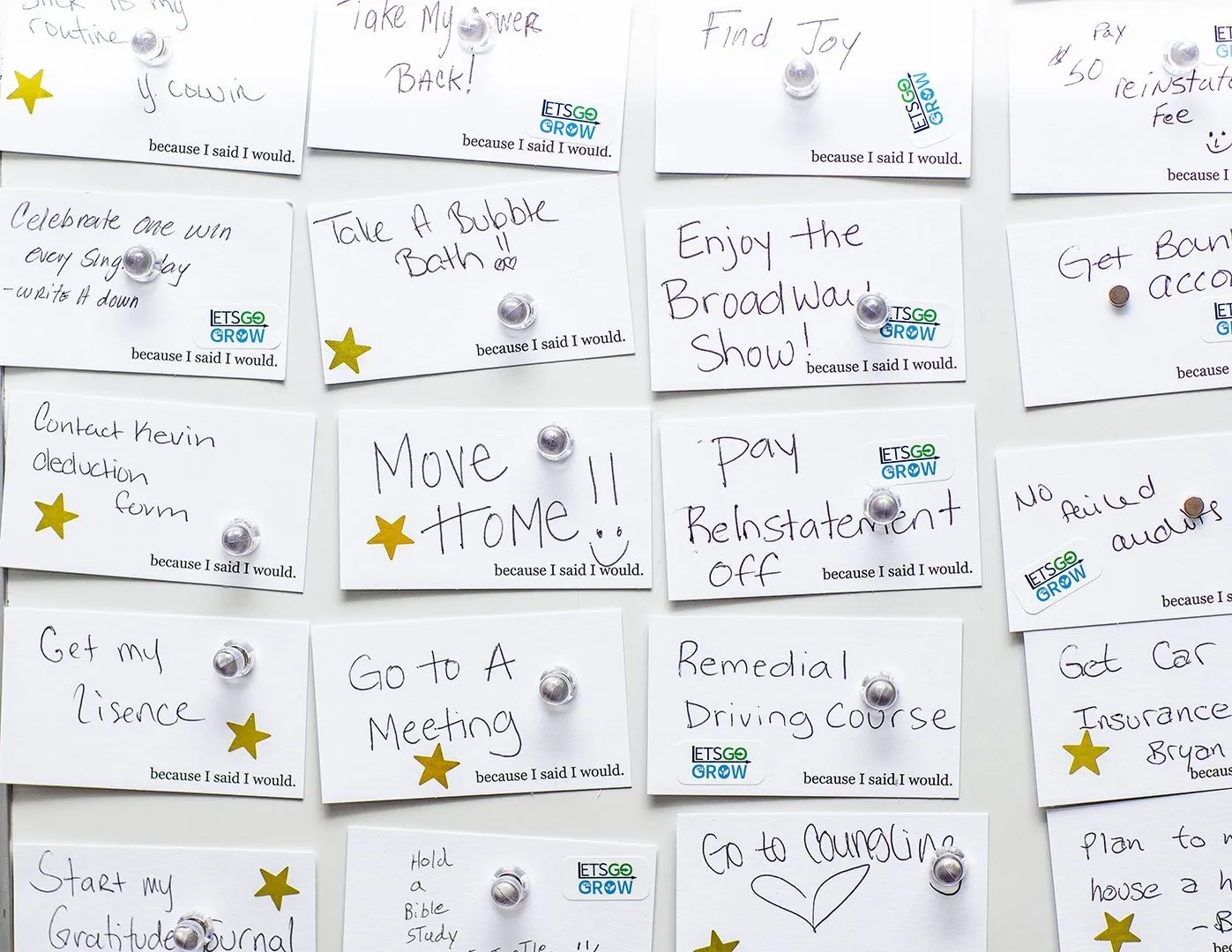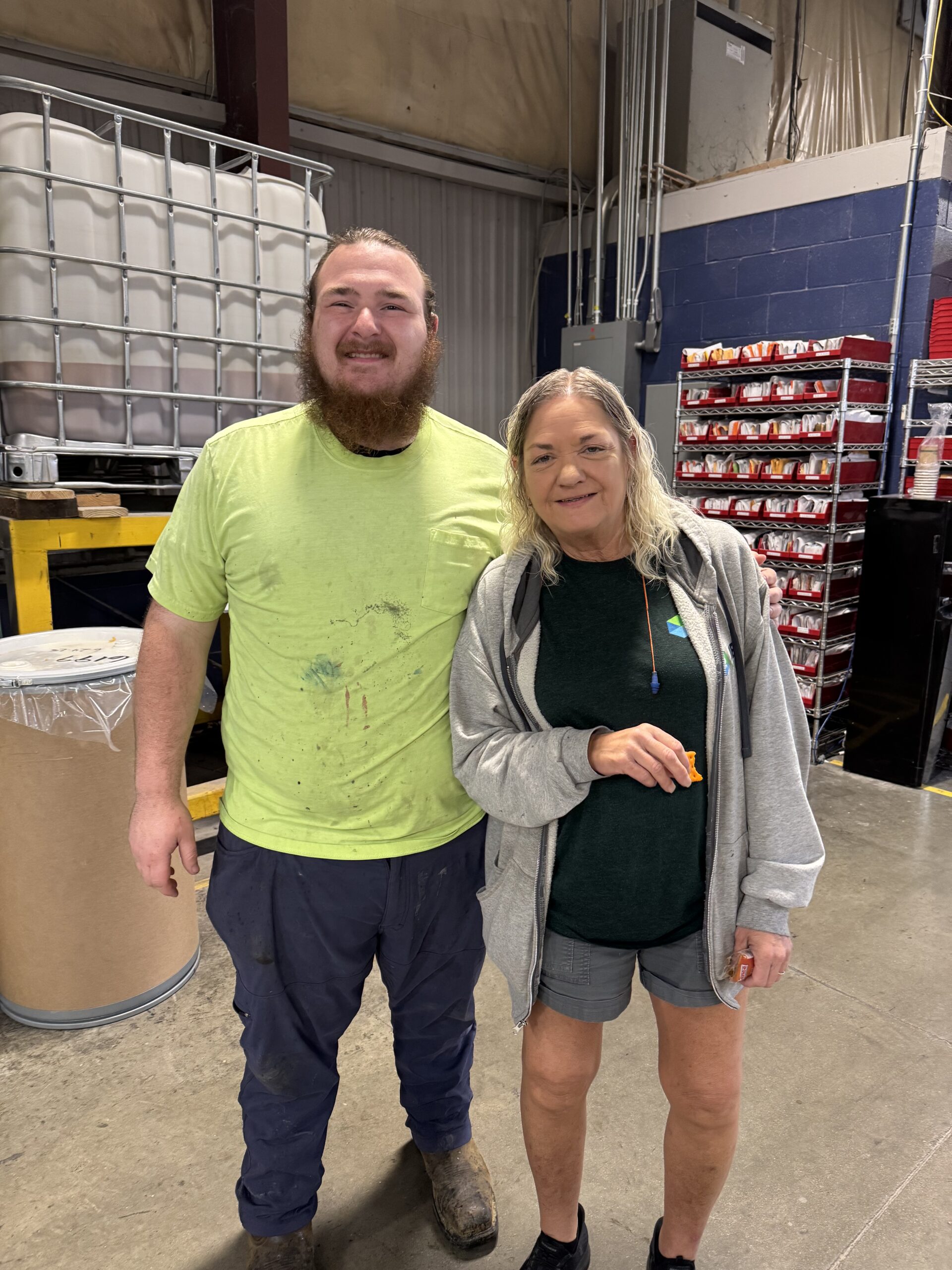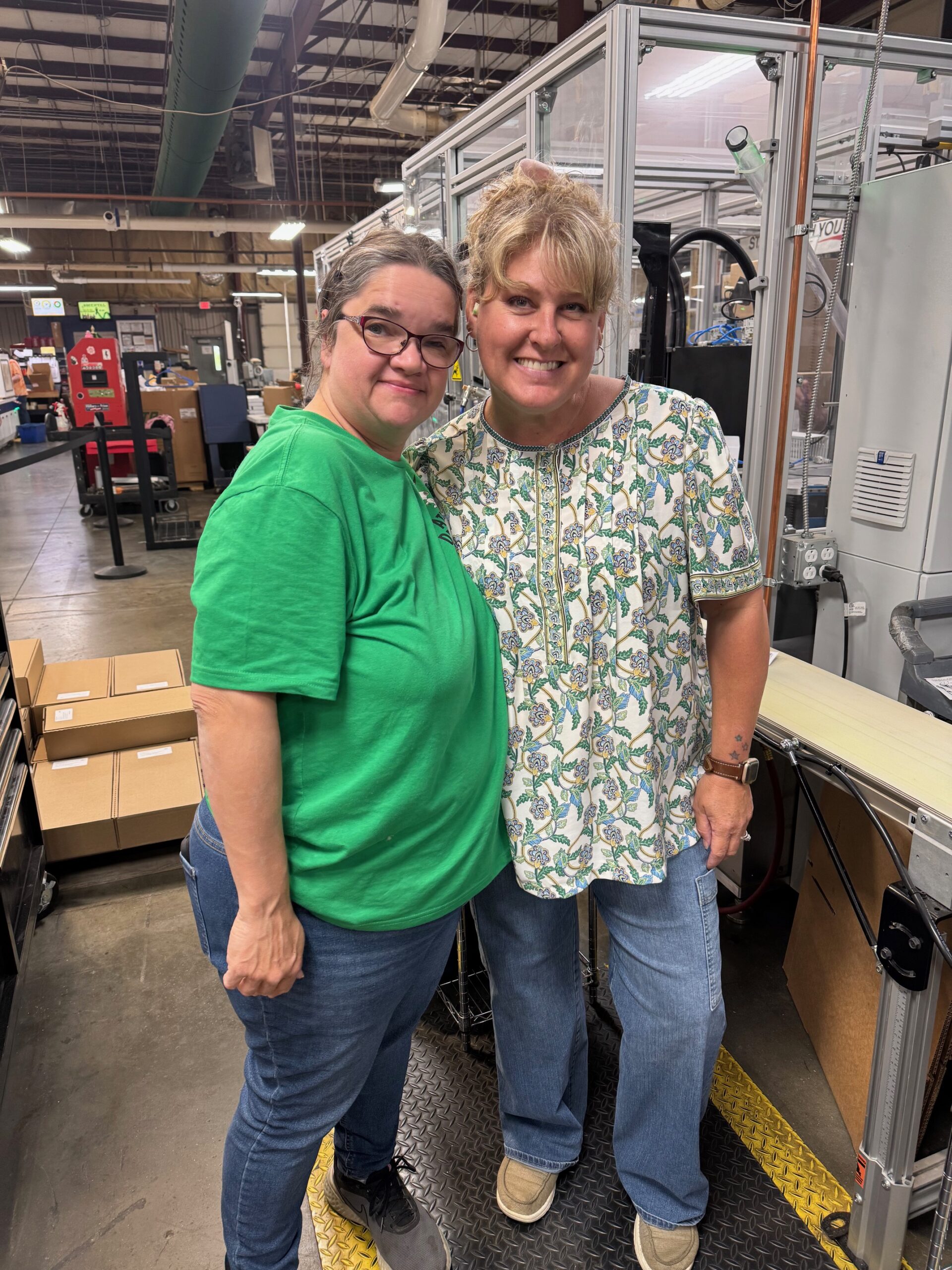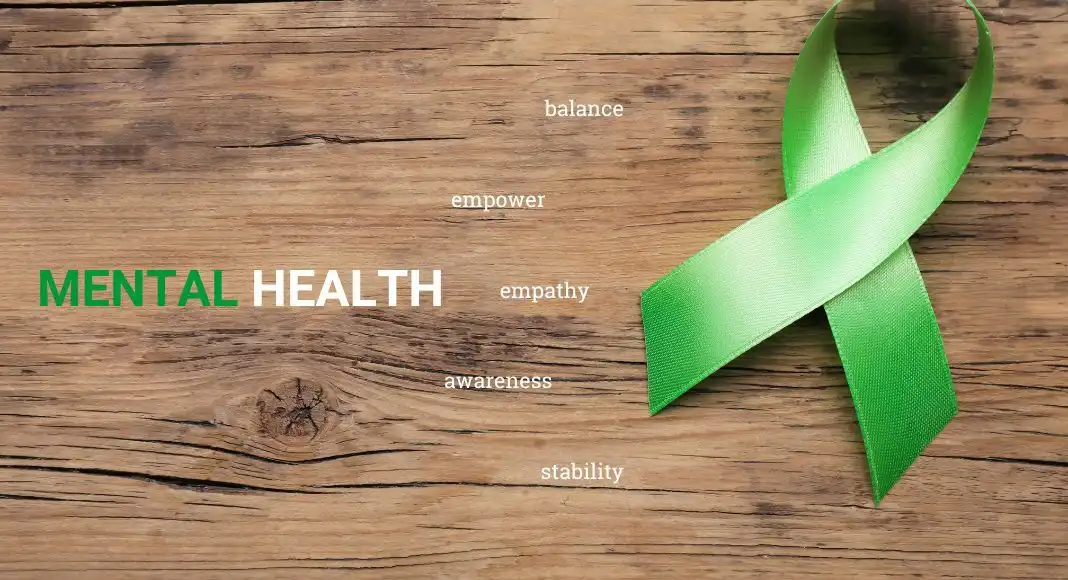Mental illness is extremely common in the U.S., impacting an estimated one in five adults. With a wide range of conditions and degrees of severity, some individuals receive professional treatment for their conditions and others may experience periodic symptoms. The pandemic accelerated an already growing issue, increasing rates of anxiety, depression and substance abuse disorders.
As we celebrate Mental Health Awareness Month this May, we wanted to share some of the things we’re doing to support mental health at JBM, with the goal of inspiring other businesses to consider the types of resources they offer their team members.
Life Coaching for All Team Members
Every JBM team member has access to confidential life coaching. Our coaches are trained in both Mental Health First Aid and Trauma-Informed Care, ensuring that they’re equipped to walk alongside individuals facing personal or emotional challenges.
Safety Planning and Referrals
If someone is in crisis or dealing with a serious mental health issue, we don’t just listen, we act. Our coaches can help create a personalized safety plan or connect team members directly with one of our trusted community partners for more intensive support.


Mental Health First Aid Kits
On-site, we provide Mental Health First Aid Kits to offer immediate comfort and grounding tools for team members who may be struggling in the moment. These small but powerful resources are just one more way we show up when it matters most.
Financial Coaching & Parenting Support
We know stress often starts at home. That’s why we offer financial coaching to help with budgeting, saving, and debt reduction, and parenting coaching to support families through life’s everyday challenges.
Employee Assistance Program (EAP)
Our EAP provides 24/7 access to professional counseling and resources for mental health, legal concerns, addiction recovery and more, because support should never be out of reach.
Supporting Mental Health in Your Workplace
What are some things you can do to support mental health in your workplace?
- Start the conversation. The message we try to send to our team members who experience mental health issues is, “It’s okay not to be okay.” Starting the conversation and sharing our stories helps remove some stigma around mental health.
- Make tools readily available. Rather than bury available mental health resources in a policy manual somewhere, print them on a poster or make them available in spaces where employees can easily access them, such as a break room or in a bathroom stall. Whether it’s a number they can call for support or resources to help them recognize and name their emotions, feature materials prominently around the workplace.
- Over-communicate. Engage with team members and ask them how they are feeling. Listen to their responses and follow up with them. Building trust takes time, but it’s equally important to provide individuals with several different avenues for communication so they can find a way to share their feelings and issues comfortably.
- Invest in training. Equip team members with the tools and resources to support each other. By understanding common mental health issues, they can recognize signs of distress and provide appropriate coping strategies.
We’ve found that investing in developing a robust and resilient workforce strengthens our company culture and ultimately makes us a better business.









